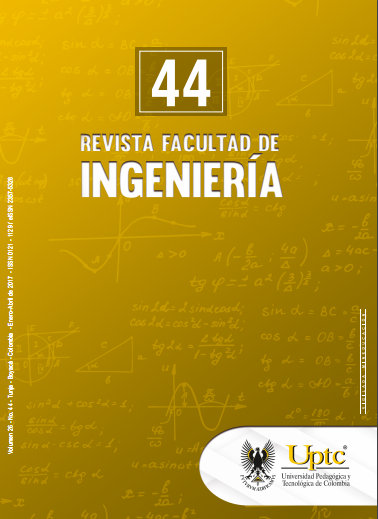Synthetic fuel production from shredded scrap waste

Abstract
This technological innovation project involved material identification, and design, installation, implementation, and evaluation of a pilot plant with capacity of 10 t per batch to recover materials and produce synthetic fuels (oil, syngas and solid) from shredded scrap waste. The results showed the proper way to separate materials (metals, and organic and inert compounds), and to perform the pyrolysis process to produce gas, oil, and coke as synthetic fuels from organic waste. The process started with the physicochemical characterization of the waste, followed by the selection of separation, sorting and processing technologies, and the definition of pyrolysis process parameters. Finally, the synthetic fuels were characterized, and uses for the furnace billet, ladle preheating, internal combustion engines, and auto generation were suggested. The results showed 82 % recovery of magnetic and non-magnetic metals, and production of synthetic fuels with PCI between 20 650 and 36 900 kJ/kg.
Keywords
energy, scrap, scrap waste, synthetic fuels, waste treatment
References
- Environmental business and technologies S.A.S., “Formulación de dos Acciones de Mitigación Nacionalmente Apropiadas el Sector Industrial -Subsector Siderúrgico (NAMAs),” EBT, Bogotá, 2015.
- J. Madías, “Nuevos adelantos: Procesamiento de chatarra para acerias,” Acero Latinoamericano, vol. 527, pp. 48 - 56, Jul. 2011.
- C. R., “Pathway to Large Scale Production of Customized Biochar A Keynote Speech,” in 4th IBI Congress, Beijing, 2012.
- SICON, “SICON,” 2012. [Online]. Available: http://sicontechnology.com/.
- K. Kubik, “Theoretical thermodynamic analysis of car residues microwave pyrolysis products, using high-temperature steam for small scale electricity generation,” Royal Institute of Tehcnology, Stockholm, 2008.
- C. Pasel and W. Wanzl, “Experimental investigations on reactor scale-up and optimisation of product quality in pyrolysis of shredder waste R,” Fuel Processing Technology, vol. 80 (1), pp. 47-67, 2003. DOI: http://doi.org/10.1016/S0378-3820(02)00187-X. DOI: https://doi.org/10.1016/S0378-3820(02)00187-X
- NCERT, Physics texbook, 2014.
- United States Environmental Protection Agency, RCRA Waste Sampling Draft Technical Guidance Planning, Implementation and Assessment, Washington, DC 20460: Office of Solid Waste U.S. Environmental Protection Agency, 2002.
- INCITEMA, “Resultados plan de calidad para las pruebas de caracterización de residuos,” Tunja, Boyacá: Colombia, 2013.
- ENERMA, Final report SIDENAL Pyrolisys plant, Siegen: ENERMA, 2015.
- A&MA PLANETA AZUL, “Monitoreo emisiones en chimenea pirolizador,” Sogamoso Boyacá, 2014.